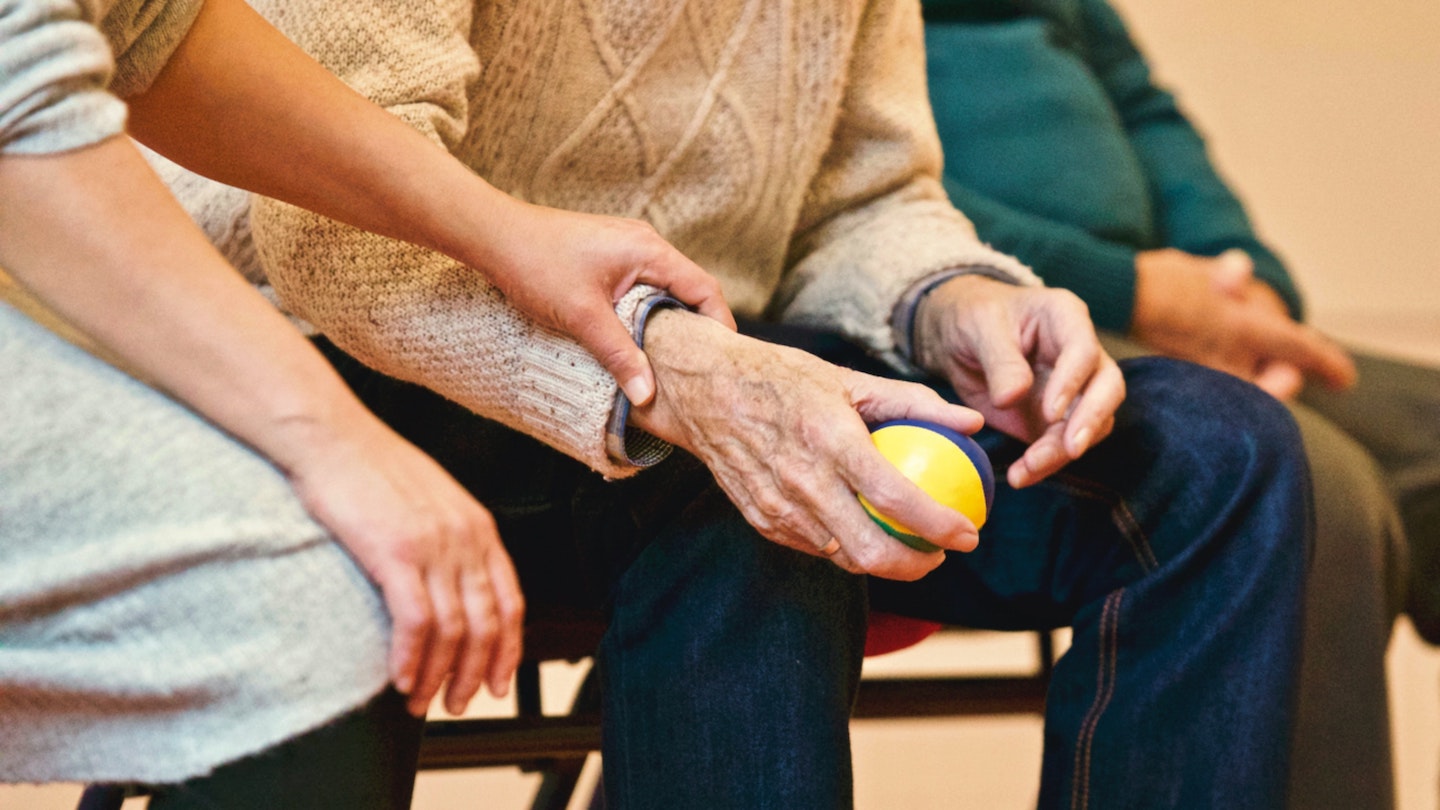-
OBGYN: infections
Urinary tract infections Antibiotics for UTIs Ceftriaxone [Rocephin®] (IV) — used for hospitalized patients to treat pyelonephritis. Always hospitalize pregnant women with pyelonephritis. After 2 days of no fever (clinical improvement) can switch to oral medication to continue treating pyelonephritis. Remember, pyelonephritis requires 5-14 days of antibiotics to eliminate bacteria from the entire urinary tract (kidney, renal collecting ducts, bladder). Cephalexin [Alcephin®, Keflex®] (oral) — safe in pregnancy. Fosfomycin [Monuril®] (oral) — safe in pregnancy Nitrofurantoin (oral) — used for cystitis only, does not achieve enough concentration in kidneys to treat pyelonephritis. Trimethoprim-sulfamethoxazole [Bactrim®] (oral) — used for cystitis only, does not achieve enough concentration in kidneys to treat pyelonephritis.…
-
Obstetrics: intrapartum care
these are personal notes only not meant for other uses. True labor vs false labor False labor: uterine contractions are not regular and do not result in cervical change. Also called “Braxton-Hicks” contractions True labor: regular uterine contracts that result in progressive cervical dilation and effacement. True labor is likely if painful contractions every 5 minutes for 1 hour. Stages & Phases of labor Stage 1: from onset of true labor to full cervical dilation (10cm). It has 2 phases: Latent phase: from onset of labor to period of rapid dilation (1-2cm/h). Active phase: from the period of rapid dilation (typically at 6cm dilation is when it speeds up ~1-2cm/h;…
-
Obstetrics: Physiology
A pregnant woman complains of increased urination, and has +2 glucose on urine dipstick. Pregnant women are more likely to get diabetes because human placental lactogen (hPL) reduces the response to insulin, to allow for a more constant supply of glucose to the fetus. However, finding glucose on urine dipstick can be normal, because during pregnancy there is increased blood flow to the kidneys and increased glomerular filtration rate (GFR). More filtration (high GFR) results in more glucose in the urine. Increased renal blood flow, results in increased urine output and along with compression of the bladder by the growing uterus, this often leads to increased urination. A pregnant woman…
-
CTFPHC guidelines summary
for low risk / general population — see Canadian Task Force on Preventative Health Care website for the guidelines, below is only a summary table for educational purposes only. Screen for Age Test Do not use... Breast cancer (2018) *to be updated in fall 2023 50-74 mammogram q2-3y MRI/US/clinical or self breast exam Colorectal cancer 50-74 FOBT (gFOBT/FIT) q2-3y or flexible sigmoidoscopy q10y colonoscopy — done if pt. has sx (eg bleeding) Lung cancer 55-74 with ≥30 pack-year smoking who currently smoke or quit <15y ago. (e.g. 2 packs/day x 15y = 30 pack-years) Low-dose CT annually upto 3 consecutive times CXR Cervical cancer 25-69 stop @70 if last 3…
-
Type 2 Diabetes Remission
Recent guidelines in most developed countries have included recommendations and plans for remission of type 2 diabetes. The possibility of remission is greatest in those with recent onset of type 2 diabetes who are overweight or obese. The goal for these patients is not cure but rather remission to the point where medications are not required to control blood sugar. The key driver of remission appears to be weight loss. In Canada and the United Kingdom, the recommendation is for rapid weight loss via a low calorie diet. Both countries recommend a “soup and shakes” low calorie diet, often 800-900 calories for a short period of time to achieve the…
-
Practice Questions
Cardiology Qs Chest pain/ CAD: 1. 2. 3. 4. 5. 6. 7. 8. 9. 10. 11. 12. 13. 14. 15. 16. 17. 18. 19. 20. 21. 22. 23. 24. 25. 26. 27. 28. 29. 30. Chest pain (non-CAD): 1. 2. 3. 4. 5. 6. 7. 8. 9. 10. SOB/ Heart Failure: 1. 2. 3. 4. 5. 6. 7. 8. 9. 10. 11. 12. 13. 14. 15. 16. 17. 18. 19. 20. 21. 22. 23. 24. 25. 26. 27. 28. 29. 30. Myocarditis: 1. 2. 3. 4. 5. Dyspnea/Pleural effusion: 1. 2. 3. 4. 5. 6. 7. 8. 9. 10. Aorta: 1. 2. 3. DVT: 1. 2. 3. 4. Shock: 1.…
-
Memory Disorders
Terminology Declarative memory: Semantic declarative memory:remembering facts e.g. numbers and areas of knowledge e.g. language Episodic declarative memory: remembering the time and place Procedural memory: remembering how to do things e.g. ride a bicycle Short term memory: recent memory of events e.g. what you had for breakfast Immediate short term memory: Being able to recall a fact just told to you e.g. repeat the following phone number. Long term memory: remembering something from your childhood Aphasia: impaired language/ communication. Expressive aphasia (Broca’s): impaired language fluency, and repetition, normal comprehension Receptive aphasia (Wernicke): impaired comprehension and repetition but normal fluency. Conduction aphasia: impaired repetition but normal comprehension and fluency. Global aphasia:…
-
Burns
Burns can be caused by which 5 mechanisms? Heat/ thermal injury: heat touching skin e.g. hot metal/ liquid, steam, flames, etc. Electrical injury: current travels through and damages tissues. Chemical injury: chemical corrosive touches the skin and damages it. Radiation injury: prolonged exposure to radiation e.g. UV rays, X-rays Friction: mechanical disruption of skin What are the different depths or degrees of burns? Superficial burn: affects only the epidermis. Burn area is painful, erythematous, and blanches with pressure/ touch. Superficial partial-thickness burn: affects the epidermis and superficial dermis. Burn area is painful, blanches with pressure/ touch, and has blebs or blisters. Deep partial-thickness burn: affects the epidermis, superficial dermis and…
-
Child-Turcotte-Pugh (CTP) score
The CTP score is used to predict surgical risks in patients with cirrhosis when undergoing intra-abdominal operations. Child-Turcotte-Pugh (CTP) Score Variable 1 point 2 points 3 points Bilirubin < 2 mg/dL 2-3 mg/dL > 3 mg/dL Albumin >3.5 g/dL 2.8-3.5 g/dL
-
Approach to Chest Pain
Chest pain is one of the most common presenting complaints. There are many causes of chest pain ranging from cardiac to gastrointestinal problems. However, there are a few critical or life-threatening diagnoses causing chest pain that must not be forgotten. Can you list at least 6 potentially life-threatening causes of chest pain? Acute coronary syndrome (ACS) Aortic dissection Pulmonary embolism (PE) Pneumothorax Pericarditis with tamponade Esophageal rupture Why does the pain in chest pain radiate to other locations such as the arms? “Referred Pain” Somatic afferent fibers synapse on the same dorsla root ganglia as the thoracic viscera, and chest pain can be mistakenly perceived as originating from the arms,…


